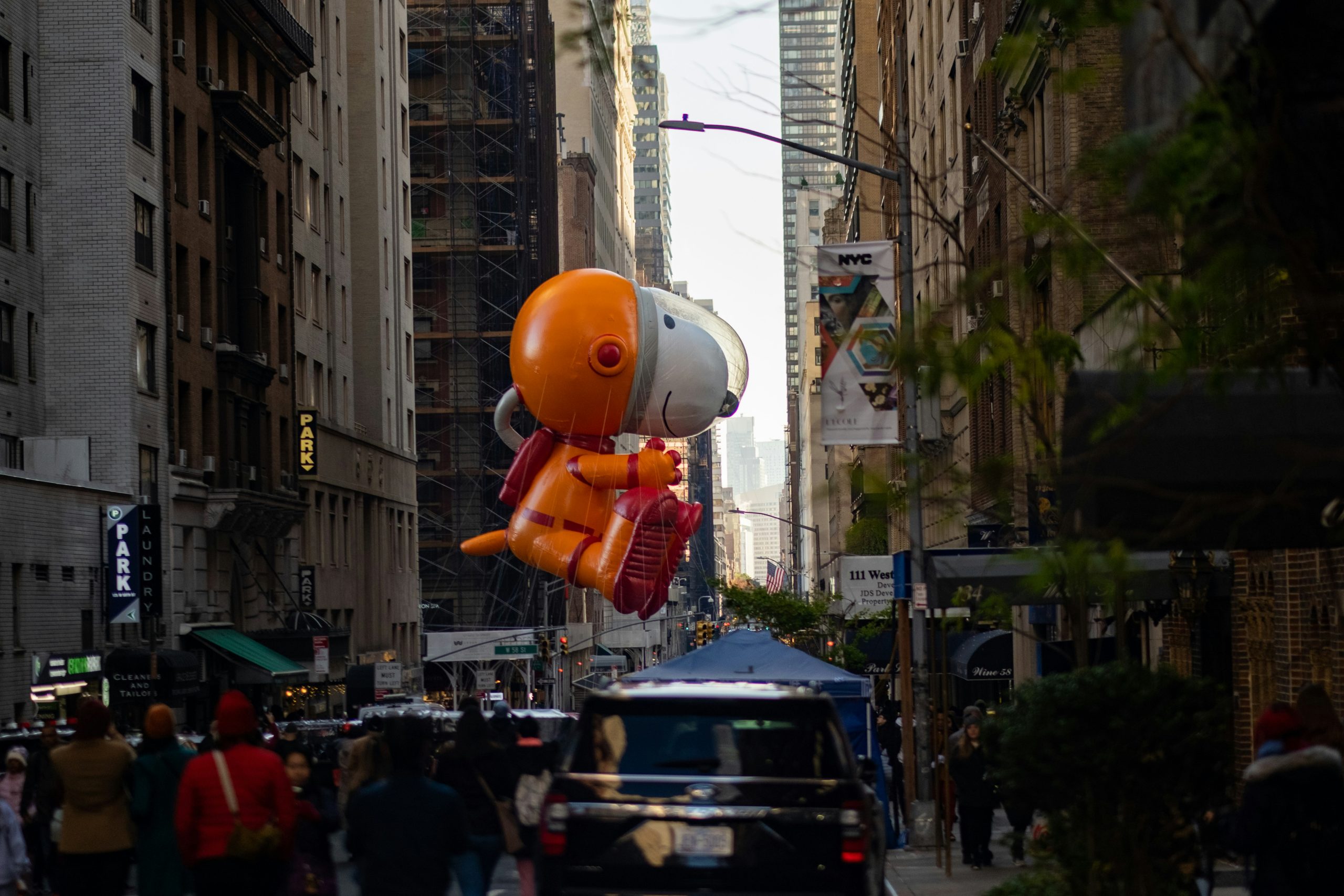
Thanksgiving History
From fall feast to national holiday
The first American Thanksgiving was celebrated in 1621, to commemorate the harvest reaped by the Plymouth Colony after a harsh winter. In that year Governor William Bradford proclaimed a day of thanksgiving. The colonists celebrated it as a traditional English harvest feast, to which they invited the local Wampanoag Indians.
A New National Holiday
By the mid–1800s, many states observed a Thanksgiving holiday. Meanwhile, the poet and editor Sarah Hale had begun lobbying for a national Thanksgiving holiday. During the Civil War, President Abraham Lincoln, looking for ways to unite the nation, discussed the subject with Hale. In 1863 he gave his Thanksgiving Proclamation, declaring the last Thursday in November a day of thanksgiving.
In 1939, 1940, and 1941 Franklin D. Roosevelt, seeking to lengthen the Christmas shopping season, proclaimed Thanksgiving the third Thursday in November. Controversy followed, and Congress passed a joint resolution in 1941 decreeing that Thanksgiving should fall on the fourth Thursday of November, where it remains.
America’s Parade is arguably the country’s most famous, well-attended, and historical. It began in 1924 and draws hundreds of spectators every fourth Thursday in November. The Macy’s parade in New York City in 1928 was the first to feature the soon-to-be perennial favorites, the iconic giant character balloons.
Macy’s, in 1928, to showcase the opening of the “World’s Largest Store” and its 1 million square feet of retail space at the start of the busy holiday shopping season, decided to throw New York a parade on Thanksgiving morning. In spite of its timing, the parade was not actually about Thanksgiving at all but the next major holiday on the calendar—Christmas. Macy’s hoped its “Christmas Parade” would entice consumers for a holiday shopping feast.